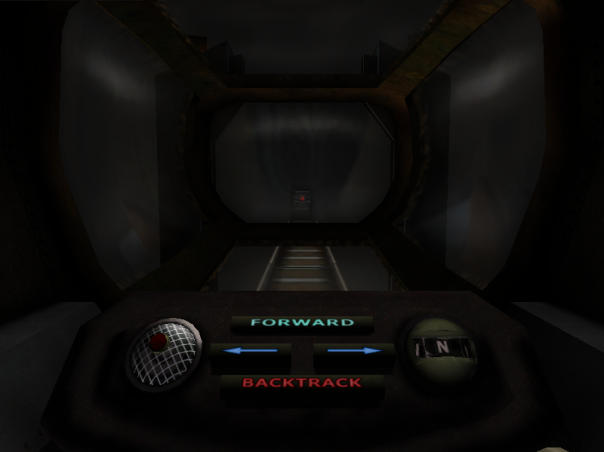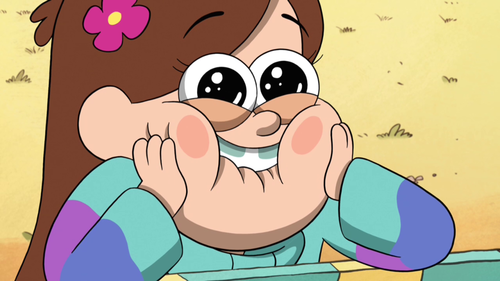Escape Room Narrative: Exposition Part 1
Most of my friends are now well aware of my recent nerdy obsession: escape rooms. Since they became popular in North America a few years ago I have made them my primary creative focus in life.
So far I have played just over 200 games (I think…it’s hard for me to keep count), run three large scale theatrical events and even have a podcast devoted to all things escape rooms. Much like Myst when I was a kid, there is little else I will talk about.

Although this puzzle still causes me rage.
But it is not just the thrill of seeing my favourite adventure games come to life in the real world or the fun of working with my friends that draws me to them. It is fascinating to see a potential art form from its inception.
Up until a couple of years ago, escape rooms were largely seen as a fun form of entertainment with little artistic possibility. But much like video games and movies before them, we are beginning to see some creative experimentation going on within the industry. Much to my delight, this includes narrative choices!
I am a story junkie. I get high off of analyzing how stories work in different mediums. And now that I have a completely new storytelling medium that has yet to be figured out I am in heaven.

Me on Stories
So I figured I would do a blog series exploring how narrative is done in escape rooms: what’s working, what’s not, what’s being developed, and the inspirations currently influencing them. Why? Because story junkie, that’s why.
Phew! With all of that said, let’s start where all stories start!
Exposition
The exposition of a story is the information that needs to be conveyed in order to understand the rest of the story. This includes information on setting, character backgrounds, plot history, etc.
Exposition is, in my opinion, one of the most difficult things to pull off in any story. A creator has the onerous task of naturally inserting background information that characters would usually already know.
In a novel this is usually done through a narrator who might be a character in the story or an omniscient voice. In a play or a screenplay this can be done through character dialogue. If you are working with comic books or scripts, you have the option to convey this information visually. Video games have the added bonus of inserting information into the very environment their audience is interacting with.
What is Important?
Before moving on to escape room methods of exposition specifically, there is one other thing to talk about. I’ll be bringing it up a lot in this series so it’s necessary to explain in detail now.
Regardless of the medium, the biggest mistake creators tend to make is to dump too much information on the audience all at once. When an audience has to suddenly sift through details to determine what’s important, they get overwhelmed, tune out and consequently stop caring about what they are experiencing.
Everyone has more than likely watched a movie in which a character suddenly tells their life story to another character they know very well:
“It’s just like that time we both went to school. You remember, right? Back in 1998 at Northern Collegiate when we were in Grade 10? I had broken my arm that year after falling out of the treehouse during the summer.”
Not only do very few people speak like that to each other, most of this information is extraneous and unnecessary.

Like the x-files reboot…THERE I SAID IT
It’s an easy mistake to make. When we spend so much time creating a world we want people to see as much of it as possible. But in reality, an audience probably only experiences a fraction of the detail that someone has put into a work.
It does not mean they do not benefit from that attention to detail. The more work a creator puts into something the more cohesive the story is as a whole. But they have to understand they need to let go in order to deliver the best story.
When writing any story there are three questions to consider: what is the information the audience needs to understand the story, what information merely helps to understand the world and what information is completely extraneous and only helps the writer?
So why am I bringing this up? Because Escape Rooms ALWAYS. MAKE. THIS. MISTAKE. Okay, almost always. It’s getting better now. But there have been so many times I have walked into a North American escape room and been bombarded with mile long backstories, thick journals and extremely long audio dialogues.
It. Drives. Me. Mad. And I plan to address it.
So! With that out of the way! Let’s move on to how escape rooms can actually deliver their exposition! Stay tuned for Part 2!
Posted on February 25, 2018, in Uncategorized. Bookmark the permalink. Leave a comment.
Leave a comment
Comments 0